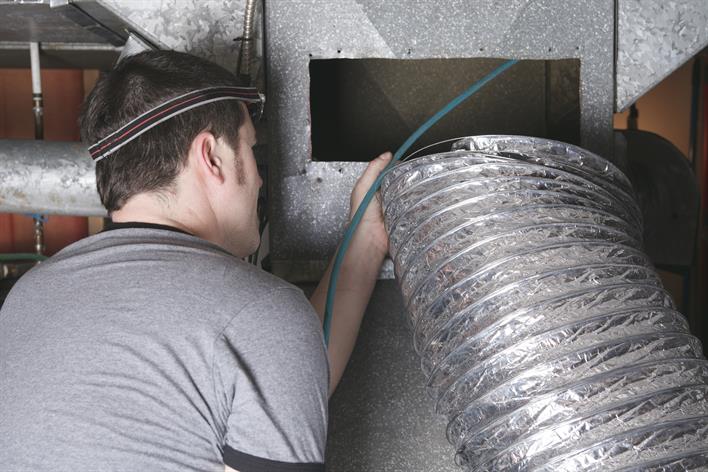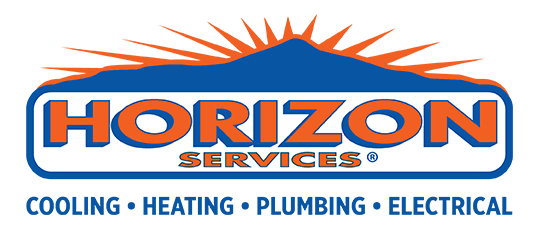
When upgrading your HVAC system, always pay close attention to the ductwork
Flexible ductwork is a growingly popular alternative to traditional hard metal ducts. Before you decide whether or not it’s right for your home, consider the pros and cons carefully.
Pros of Flexbile Ductwork
Flexible ducts are cheaper than metal ones. This can save you money on installation and upkeep. If you are on a limited budget or would like to spend more of your remodeling budget elsewhere—like furniture or custom painting—it makes sense to save with flexible ducts.
Because the materials are cheaper, professional labor charges will be less, too. Installation is simpler, so you won’t have to pay top dollar for experienced labor.
Flexible ducts are…well…flexible. That means they can be installed in tight spaces where traditional metal ducts wouldn’t fit. If you’ve got sharp corners and lots of angles, flexible ductwork is a good option.
Cons of Flexible Ductwork
Flexible ductwork can restrict airflow more than metal ducts. Greater airflow means better HVAC system efficiency, but flexible ducts are more susceptible to interference from compression, pinching, and twisting. If ducts are installed in an attic or storage crawl space where boxes or other items could be pushed up against them, this can also diminish airflow. This decreased efficiency could mean higher energy bills.
Durability is also an issue with flexible ductwork. It doesn’t last as long as metal ductwork, it is thin and can puncture easily, and it doesn’t hold up to normal wear and tear as metal does. Over time, flexible ducts can become brittle and break or crack with even a slight touch.
Installing flexible ducts will save money initially, but you’ll have to replace it fairly often, and long before you would metal. This means you’ll incur that same initial cost several times for as long as you live in your home. For a more long-term solution, metal ductwork is a much better choice.
Flexible ductwork is made of a thin, pliable material. Not only does this make it less durable than metal, but it also means that flexible ducts are more likely to become damaged in the short term. It’s difficult to install the material without damaging it, as rips and tears can happen very easily. Pests like mice and some insects can eat through the material, causing tears and holes that may be impossible to repair. Any sharp object stored too close to the ducts can easily cut through the ducts, as well. If your installers are not careful, you may end up paying more to replace damaged sections.
Contact Horizon Services with Your Ductwork Questions!
As with any major home renovation project, it’s a good idea to discuss the advantages and drawbacks of flexible ductwork vs. traditional metal ductwork with a qualified HVAC professional. An experienced contractor can help you decide if flexible ductwork is right for your home and will conduct a thorough inspection prior to starting any work. A professional can also help you weigh the cost savings of installing flexible ductwork against the additional expenses this type of material could bring on later. Talk to your Horizon Services comfort consultant; he’ll be able to tell you which ductwork options are best for your home.


